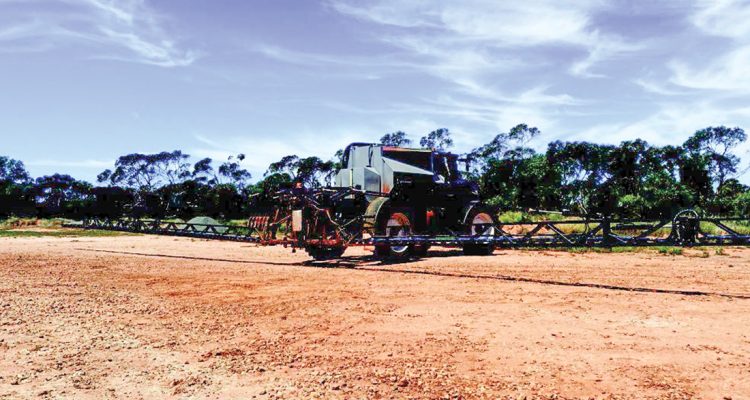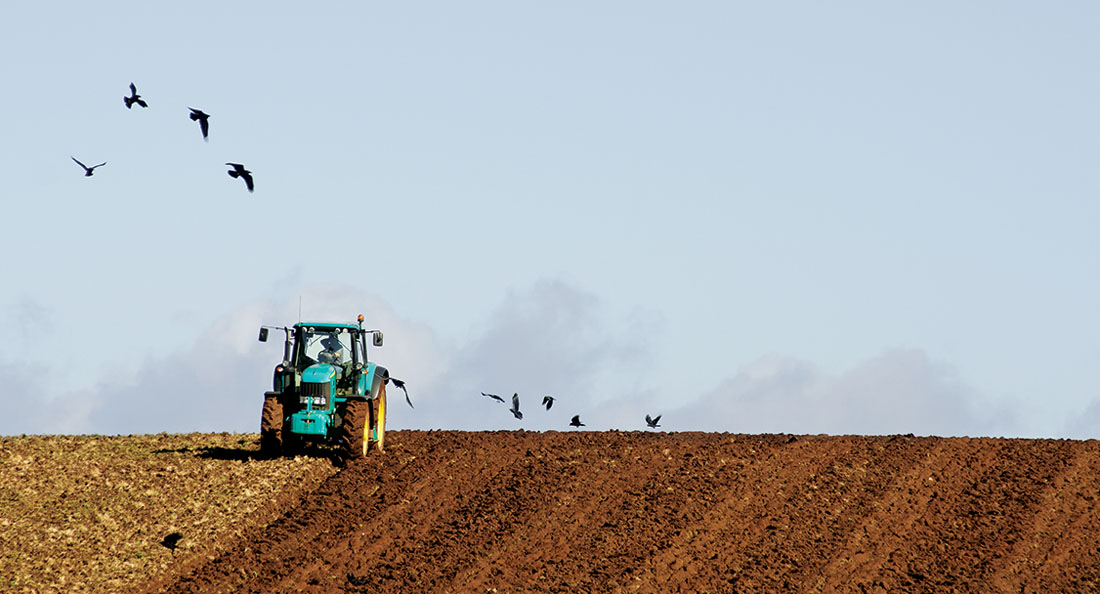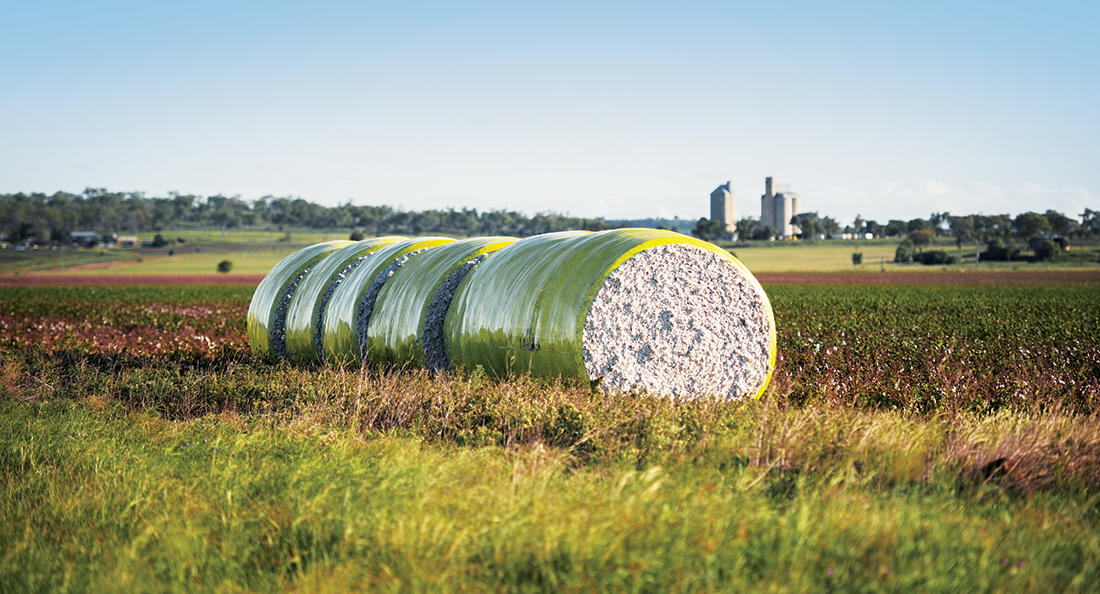Broadacre farming comes with its own set of challenges. But a new spray control and management system by CRAM is helping improve productivity for one central west farmer.
For a number of years, trailing sprayers have been a feature on Australian broadacre farms, first pulled by horses and now a series of tractors, as mechanical power has replaced the original horsepower. Technology continues to improve, and spray systems are integrated into tractors. A new spray management system from CRAM takes equipment efficiency, reliability and performance to a new level. A prototype design, the system has been designed and manufactured with the benefit of CRAM’s extensive practical experience with industrial hydraulics and valves.
A manifold block houses valves to control the operation of the boom and spray arms, including opening and closing, tilt and lift up and down. The hydraulic system is also fitted with a second valve bank to control the spray pump and the transfer pump. A variable speed hydraulic pump makes spray speed and pressure independent of the tractor speed or motor rpm. In practice, the PTO on the tractor drives the hydraulic pump which, through a control valve, drives a hydraulic motor which, in turn, drives the spray pump.
So irrespective of the rpm of the tractor, power delivery to the hydraulic motor is not going to change because the variable speed pump is continually adjusting to the rpm of the tractor. Certainly with increased rpm the pump will turn faster, but proportional valve inside the pump will regulate and maintain the required flow. An electrical control system to manage the opening and closing of the valve supplying the spray pump and transfer pump has been included as part CRAM’s overall system design.
The valve is fitted with two proportional solenoids which, depending on the electrical current being sent to them, will act like potentiometers, and open the valve so the operator can manipulate the flow. The total system is managed from two control boxes – the first is mounted adjacent to the spray pump and transfer pump valve to control and manage their operation.
The other is mounted inside the cab to give the operator control over the spray pump. The cab-mounted control box regulates a flow control valve on the water circuit which will adjust the flow rate to the spray nozzles along the spray arms. This control box also controls the hydraulic motor driving the spray valves and ensures an operational match between the spray nozzles and the spray valves. This relationship between the spray motor and the spray valves maximises the efficiency of the spray system and also essentially eliminates any issues surrounding diverting water back to the storage tank.
Following the installation and commissioning of this spray control and management system, CRAM continued to work on the overall design to address potential problems with the hydraulic system controlling the boom and arms.
Similar boom and arm systems have suffered from failed hydraulic cylinders. As more and more hydraulic force was pumped into the spray structure to hold the arms in position, the point was reached where something had to give – either a hydraulic cylinder or the spray structure. The CRAM solution regulates the hydraulic pressure in the boom and arms through a series of safety valves which will open if there is any intensification of the hydraulic system. This will prohibit the cylinder passing its pressure limit and potentially failing.
The industrial market is dynamic and demands for productivity – and reliability – are part of an expanding technology. As industries develop, CRAM’s experience with the design and manufacture of hydraulic and electro-mechanical process control systems will continue to deliver the equipment and infrastructure required – whether on a farm or in a large-scale manufacturing plant.




